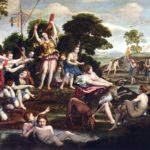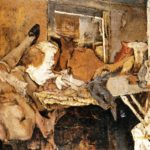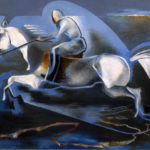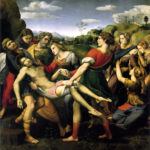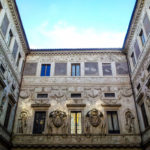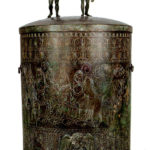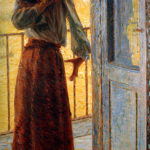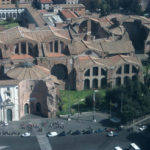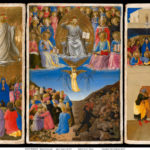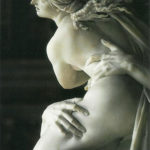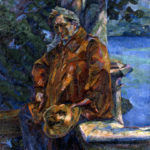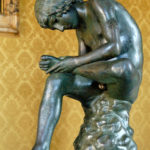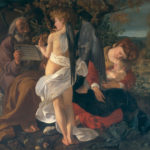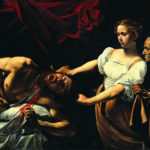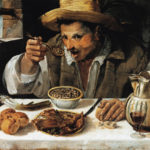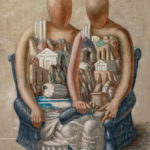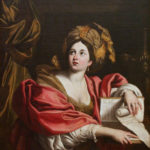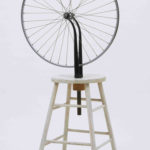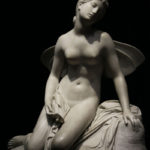In addition to the extraordinary archeological and architectural gems, Rome also offers invaluable collections of artworks, a legacy of the numerous noble families who shaped the policy, also cultural, of the city over the centuries. Orsini, Conti, Frangipane, Caetani, Colonna, Savelli, Della Rovere, Riario, Medici, Farnese, Borghese, Barberini, Pamphili, Aldobrandini, Ludovisi, Braschi, Corsini, Rospigliosi, Torlonia, to mention only a few of the names connected to the destiny of Rome.
Voracious hunters of masterpieces, and also refined collectors, imposed styles, invited the most talented artists to their courts, purchased and restored the priceless works that from 1500 on were discovered in archeological excavations, commissioned the reproduction of pieces of art, imitating the use of ancient Roman patrician families and competing between themselves by flaunting the richest and most prestigious collections. The efforts and ambitions of these families, to whom we will never be thankful enough, donated to Rome unique treasures which we can visit in marvelous architectural locations or positioned in the rooms of the buildings which housed them from the beginning.




